Spiral vs Helical Cutterhead?
Hi Everyone,
Now that I’ve entered full-obsessive mode concerning the purchase of a new jointer, I’m seeking feedback on spiral vs helical cutterheads.
I know helical is better, but it seems spiral offers many of the same advantages: better cut on figured woods, faster and easier blade changes. But the helical design is a lot more expensive.
Can anyone comment on the relative advantages of spiral vs. helical cutterheads? I am particularly interested in knowing whether the helical cut is tremendously better, and whether there is any difference when it comes to changing blades.
Thanks everyone.
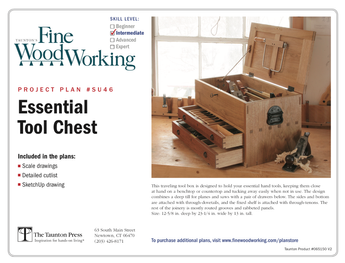
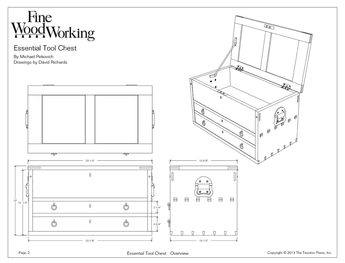
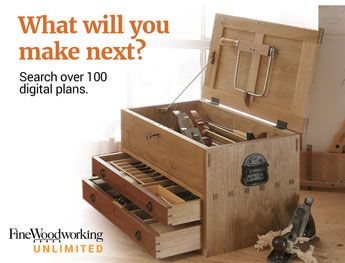
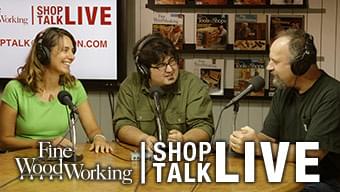
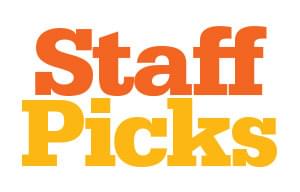



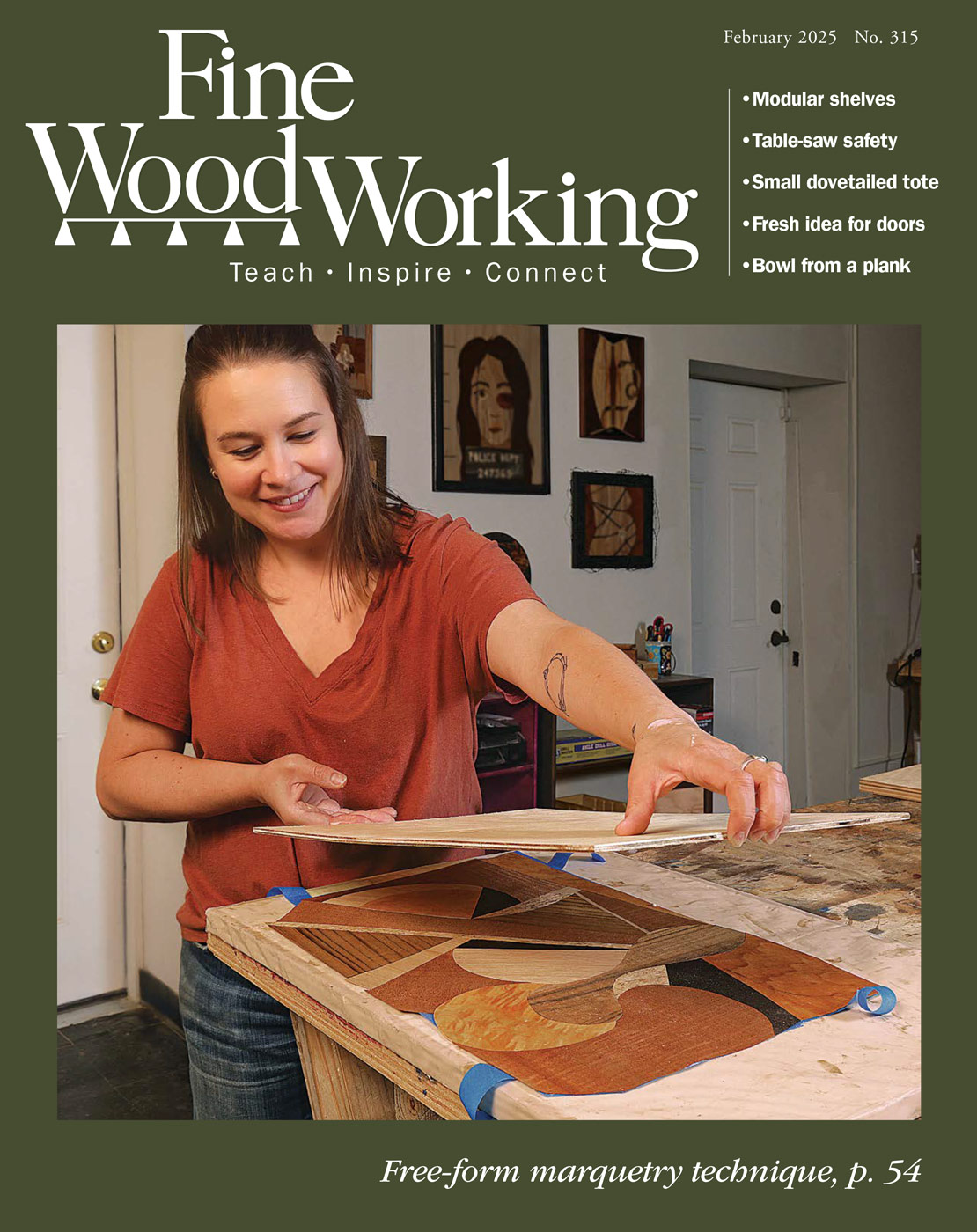




Replies
Can you link to some references, or explain what a spiral cutting head is. That doesn't make any sense at all to me. A spiral is a two dimensional figure. A helical cutting head I understand. A screw is a helix. A burner on an electric stove is a spiral.
Uncle Dunc,
"Spiral" and "helical" are the two terms often used to describe the different kinds of improved cutterheads for planers and jointers.For example, here's a photo of the Grizzly 0526 6" jointer's "spiral" cutterhead:
http://www.grizzly.com/products/item.cfm?itemnumber=G0526&viewtype=images&num=2&Here's a photo of the Grizzly 0543 8" jointer's "spiral" cutterhead:
http://www.grizzly.com/products/item.cfm?itemnumber=G0543&viewtype=images&And here's a photo of the Byrd "helical" cutterhead:
http://www.byrdtool.com/hyd6x8x12f-side-2.jpgJust from looking at them, you can't see exactly what the difference is, but many woodworkers attest to the fact that the "helical" style is better.
Edited 2/10/2005 12:57 pm ET by Matthew Schenker
The Grizzly "spiral" cutter heads are actually a helix, but the "correct" word may not be as descriptive.
I have not used either, but have heard that the Byrd cutter head is slightly better - I think the argument was related to the alignment of the cutters - whether the following cutter went down the same path as the previous one, or was offset to catch the gap (if any developed) between the cutters.
That being said, the difference must be minor because a lot of people seem to love the Grizzly "spiral" cutters. ________________________Charlie Plesums Austin, Texashttp://www.plesums.com/wood
Charlie,
Well, now that's interesting. I've been puzzling over this for the past few days, trying to figure out what the difference is between the Grizzly "spiral" and the Byrd "helical" cutterheads. If what you say is true, Grizzly should stop calling theirs "spiral" and start using the term "helical," both to end confusion and to boost their sales!I have put Grizzly back into consideration in my jointer search, after receiving a pile of e-mails from people who say how much they love their Grizzly jointers.I just love to stress out during the research phase of every major tool purchase.
Edited 2/10/2005 12:10 pm ET by Matthew Schenker
Thanks for the links. That clears up a small confusion that has been nagging me.The obvious difference is that the Byrd has more rows of cutters, which would explain the higher price and probably contributes to the better results. It looks like the Byrd also has a higher shear angle, which would also give better results, all else being equal. And the cutters may be a little closer together, but it's hard to tell without seeing them side by side.The Byrd clearly has the cutters offset in adjacent rows. You can't see it on the Grizzly, but it would have to also, because if it didn't, you'd get lengthwise ridges on your boards.The cutting edges on the Byrd are parallel to the helix. The ones on the Grizzly are at an angle, which I assume is how Grizzly gets around the Byrd patent on helicality. The patent probably also explains why Grizzly is calling theirs spiral when it's not.I haven't seen any side by side operating comparison, but that's probably because I haven't been looking.
Take a closer look at the angle of the inserts between the two different heads,
the Grizzly head cuts like a regular block plane or just a short section of jointer blade due to the angle it attacks the wood when it is against the fence -where as the bryd head shears like a skew plane thats why it works better on figured wood.
The pictures help...
The Byrd head has "pairs" of rows of cutters, with teeth in one row between the teeth of the other row. The angle will create a shear cut which
assuming the cutter is flat, the cut will not be perfectly flat - since the cutter is a tangent line on the drum. (The cutter would need to be curved to follow the radius of the drum)
will have a sideways pull - against the fence, I presume
Advantages 1 and 2 from the grizzly point below
The Grizzly spiral is much more like a traditional cutter except
it has carbide segments that can be replaced when the inevitable nick occurs
by being distributed around the drum, the load on the motor is more constant, rather than all at 2, 3, or 4 points in the rotation (as with a traditional cutter).
All the teeth necessary for the full width are in a single helical row.
Bottom line - both are great units. I doubt if most of us could detect the differences in practice. And I just bought a 16 inch jointer with Tersa knives (if you want to start another debate).________________________Charlie Plesums Austin, Texashttp://www.plesums.com/wood
"And I just bought a 16 inch jointer with Tersa knives (if you want to start another debate)."Charlie, I'm having a hard enough time deciding on a jointer without yet another option to consider!But of course, I can't resist. Aren't Tersa knives the ones that used to be on the Inca jointers?
Matthew,
Yes, Tersa knives were featured on Inca jointer/planner combo machines, but they also are either standard or optional on many of the heavy duty European machines (Minimax, Felder, Martin, Hammer, etc.). The Tersa's have two cutting edges per knive and I can change all three 16 inch knives in my Minimax j/p combo in 3 minutes flat using no special tools or jigs, it's absolutely amazing..
Best of luck on you jointer purchase
I am interested in the spiral/helical because I expected to upgrade my jointer with a spiral head unit. But then I upgraded overall to a MiniMax combo machine that has a jointer (and planer) that is just as Bobabeui described - change three blades, perfectly aligned with no tools, in a couple minutes.
It was a huge investment, but far less cost per year than I spend on computers, digital cameras, and other technology, and half the cost of the minivan that I chose to haul wood. And an amazing machine in terms of power and precision. (gloat).
________________________Charlie Plesums Austin, Texashttp://www.plesums.com/wood
Edited 2/10/2005 4:50 pm ET by Charlie Plesums
Charlie,
Did you get the 410 Elite? I think we swapped email a while ago. How do you like it? Can you post a pic?John
Yes, it is the MiniMax CU410 Elite. And as my post above says, I love it. But I don't like hijacking this thread, so pictures will have to wait for now (or see post 16480 on SawMillCreek). I don't even have pictures on my own web site yet!________________________Charlie Plesums Austin, Texashttp://www.plesums.com/wood
What Brand of jointer. Im curently on the market for a 12-16 inch machine and would just like to hear what you have to say.
My combination machine is a MiniMax, with a 12 inch 5 hp saw with scoring blade, riving knife, and 8 1/2 foot sliding table that can take material 10 feet wide. That slider also serves the 5 hp tilting shaper. The third 5 hp motor runs the 16 inch jointer/planer - same cutters serve both functions, with a quick change over. The jointer/planer motor also runs a mortiser. But MiniMax also has machines with just the saw, just the shaper, shaper and saw, jointer and planer, and various other combinations, including 12, 14, and 16 inch jointers. I know some people who have the jointer/planer and swear by it.
The whole unit weighs over a ton. I originally calibrated the saw to .004 inches in an 8 foot cut with 4 right angles, but when I reran the test a week later, it was off .007 inches (then I found the knob on the fence was loose). I set the planer to 0.75 inches (digital read-out), and using a digital caliper measured the board coming out at .750 one time, .749 another. I made some walnut crown moulding, mitered it, and installed it on a cabinet with no sanding or fudging. This equipment moves woodworking to a whole new level.
My only regret is that I didn't make the investment about 25 years ago. (I am a recently retired computer consultant, not affiliated with MiniMax or other vendor - just a very happy user).________________________Charlie Plesums Austin, Texashttp://www.plesums.com/wood
I'm also looking at the MM for the near future, just like yours with the tilting shaper. The salesman told me to wait until the dollar regains its value, otherwise I'd be wasting money on fluff (gotta love them Texans!).
Check out http://www.byrdtool.com. I heard about them in this forum, and folks seem to be happy with them. Recently I was at the same point you are regarding a jointer. Ended up buying an import jointer, with a view to changing the head to a Byrd shelix at some point. I also noticed that if I bought the base configuration of the jointer, and then separately bought the shelix head, I would not spend any more money than buying the jointer with a spiral cutter head. Thus for me, it was the way to go. Sorry, can't tell you any more about the merits of those heads, other than to say that there are many posts at Knots about them, and I found the info. at the above URL is useful for learning more.
Alfred,
I also considered buying a jointer and upgrading to a helical cutterhead.However, it looks like it could be a complicated operation. Take a look at what is involved in swapping out the cutterhead on a planer. If the jointer operation is even close to this level of involvement, it's not for me.That's why I am wondering whether the "helical" is really a lot better than the "spiral" cutterhead. If the difference is not tremendous, I would get a "spiral," which is installed by the manufacturer.Here's a Web page with instructions on how to swap out the cutter on a planer:
http://www.byrdtool.com/generic1520.html
You may have a point. I took a leap of faith and assumed that eventually I'd get there, even if it took a bumpy ride trying to swap the head. The whole thing was a bit of an impulse. I bought a cheap jointer (for jointers) and figured if the tables were fine, it only left the motor and the cutter head, both of which I could deal with. By the way, the jointer turned out to be so-so, but it'll do. I took a chance when I bought it, and was prepared for the worst.
I converted my 3/4 hp band saw to 2 hp, and after that I am reasonably confident about dealing with motors. I guess one of these days I'll be learning all about swapping the head in a jointer. My impression is that it will be simpler in a jointer than in a planer. Jointers appear to be simpler machines.
I have a PM 54A (6") jointer that I swapped the head for a "Shelix" by Byrd. Great investment. No knife setting, and the "blades" never seem to wear. Real nice. John
Good to hear about your positive experience. Some time back I had a chat with Ralph Byrd. Real nice gentleman, and he is a woodworker too. Hard to beat the combination of buying a good product from a nice person.
Matthew,
I was set on buying Grizzly's 8" jointer, with the spiral head and inserts.
I keep my jointer knives real sharp, so I get a final surface finish from the jointer with no further sanding or hand planing. I thought this was the ultimate solution, until I surface jointed a board on a friends spiral insert head. It looked perfect, until I applied the stain, and could see the stain forming color lines matching the blade insert overlaps.
To change blades on a Grizz jointer, using their standard knife jig which comes with the machine, is less than 10 minutes and you can set up to grind your own knives for under $250.
In conclusion, if you are setting up to joint a lot of bd ft, there is a definite advantage to the spiral insert, but if it's not a high production operation and you are looking for a final finish, I would be hesitant.
The only reason I won't go helical, is because I won't be able to sharpen my own blades.
For figured woods, I use different angles on my blades, with a slight back bevel.
Jellyrug,
I find that getting jointer knives set just right is the worst part of owning a jointer. With that said, the one I have been using is a second-hand machine I got for free from a relative. Even when it was new, it was not a very good one! That's why I am looking at new machines.Maybe the newer models, like the Grizzly you're talking about, are better in the knife-changing department. I know Grizzly machines come with springs and jack screws. My old jointer doesn't seem to have either one!Like you, I am interested in getting a finish edge from the jointer.
I just replaced my cutterheads on both my powermatic jointer and grizzly planer with byrd heads. I had disposaknife blades in the planer. They worked well for curly maple, but I was going through 600$ worth of knives per year. I plane lots of figured woods. The byrd heads are really good. Worth every penney. If you use lots of figured material or hard maple, I think they are worth it. Replacing the planer head was not as hard as it looks. It does pay to have a helper . Let me know if you have any other questions. Bob
Bob,
Do you experience any of the issues that Jellyrug described in his last post. Here's what he said:
"I thought this was the ultimate solution, until I surface jointed a board on a friends spiral insert head. It looked perfect, until I applied the stain, and could see the stain forming color lines matching the blade insert overlaps."Do you think this is more an issue with the spiral rather than helical design? And do you think the Grizzly design would have the same problem?I am interested in having the surface be glue-ready right off the jointer.
I guess I would think that your edge off the jointer should be glue ready. However. I always sand my surfaces before staining. Yes there are lines off the planer and jointer on my stock. But it is nothing worse that some normal sanding takes care of. I joint and glue edges with no problem. But if I understand what the other fellow did was a staining problem, not glueing. The lines on my stock now are minor compared to what you get from a small nick in a straight knife. Hope this helps. Let me know if I didn't answer your question. Thanks Bob
This forum post is now archived. Commenting has been disabled